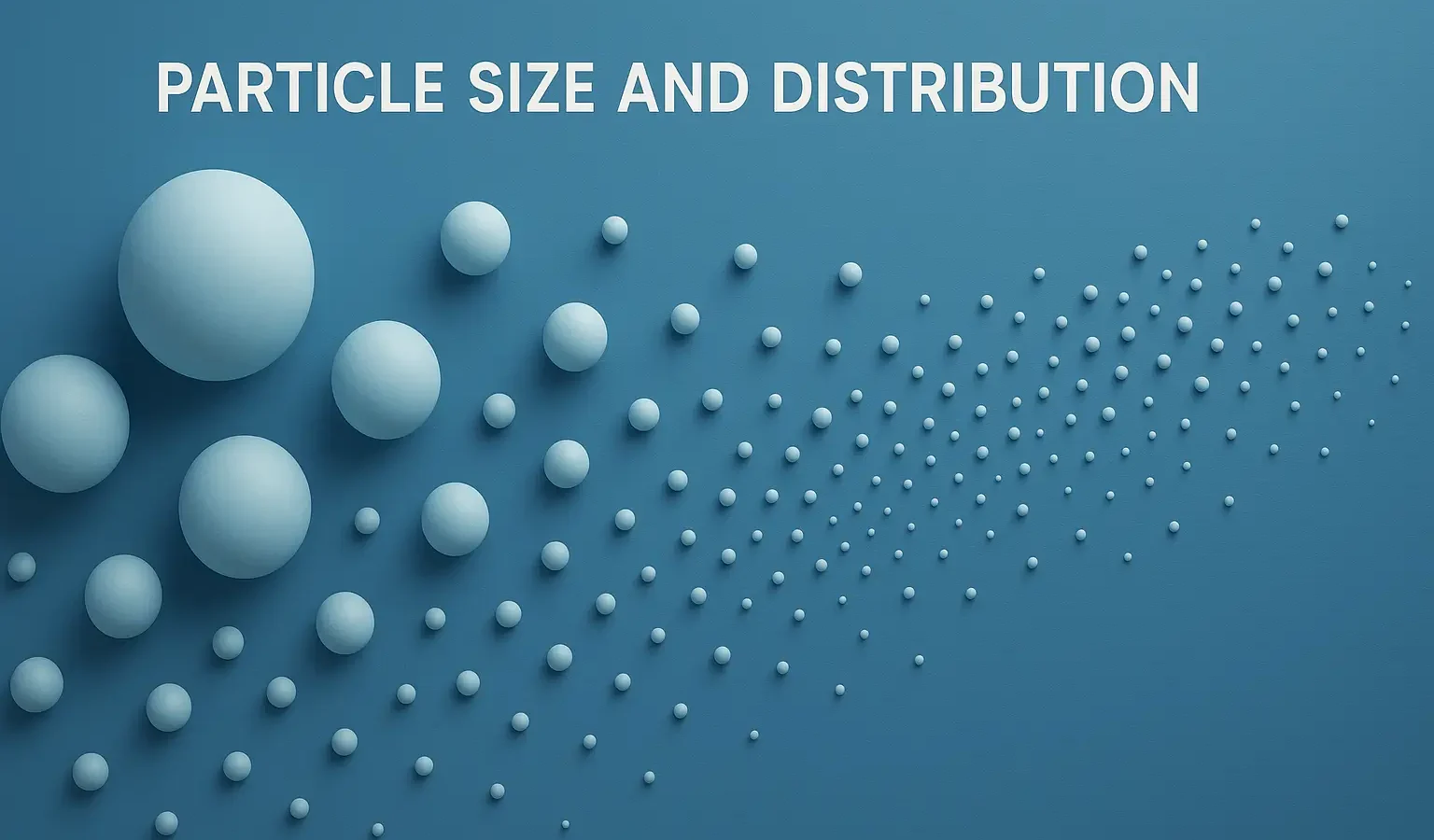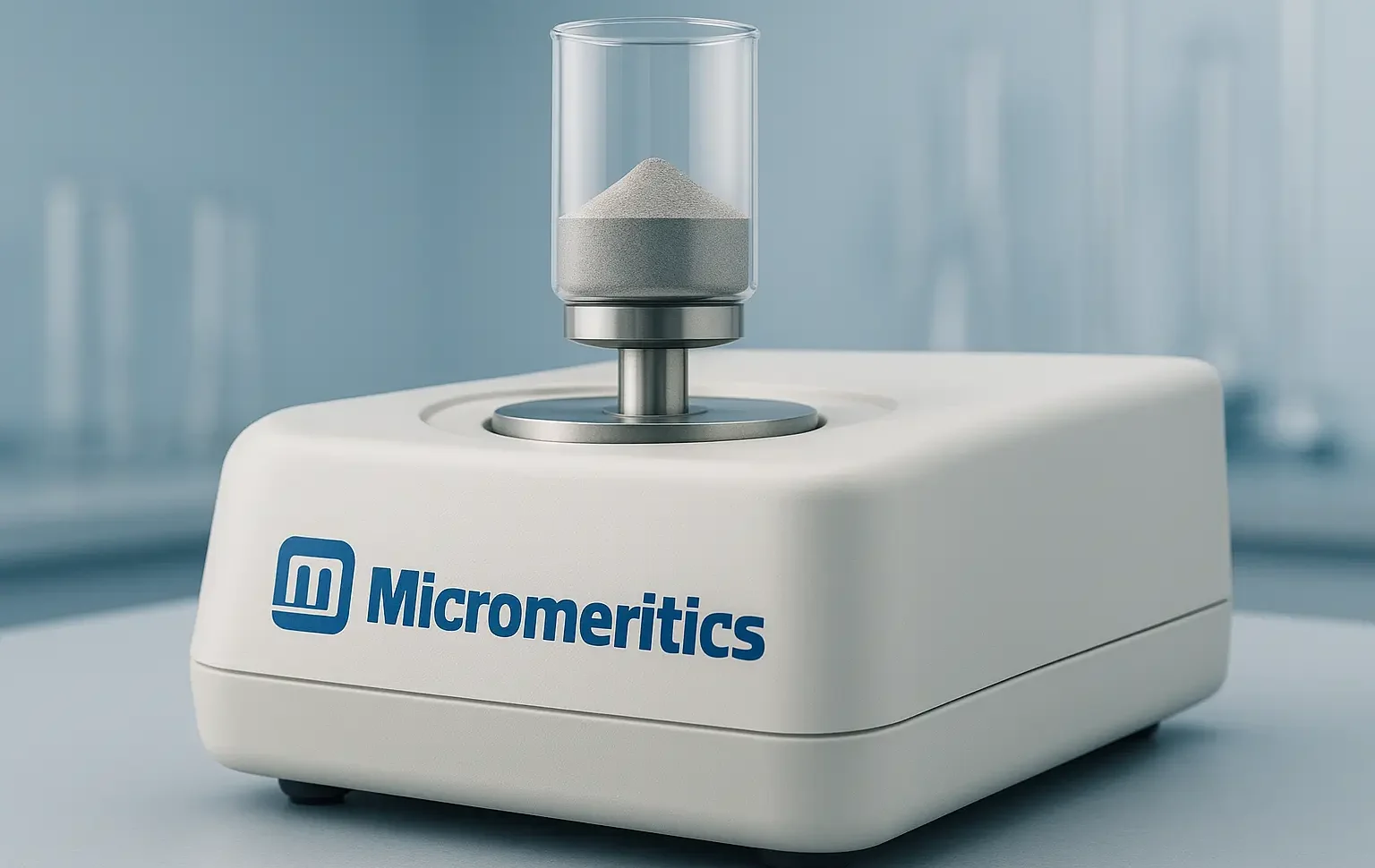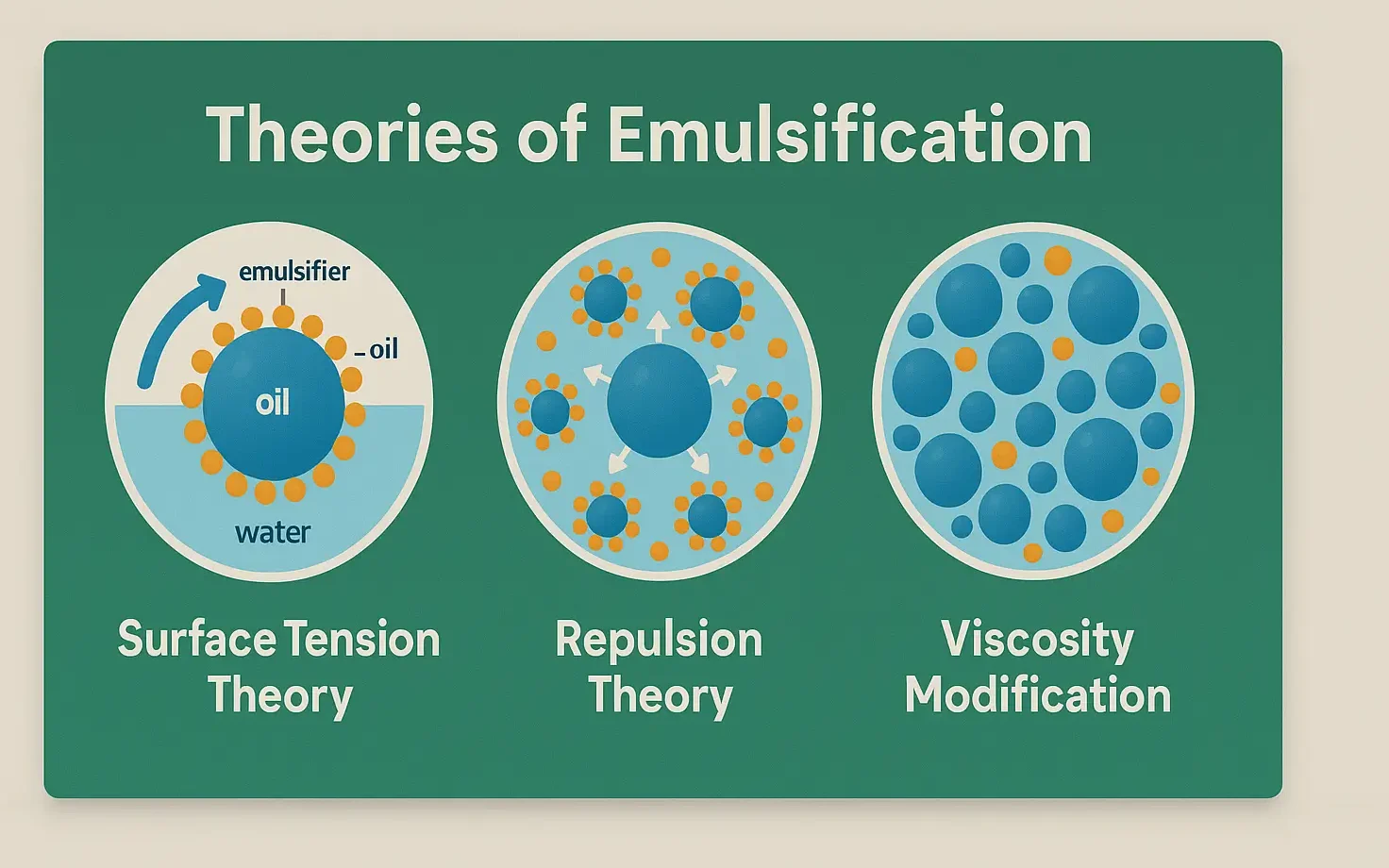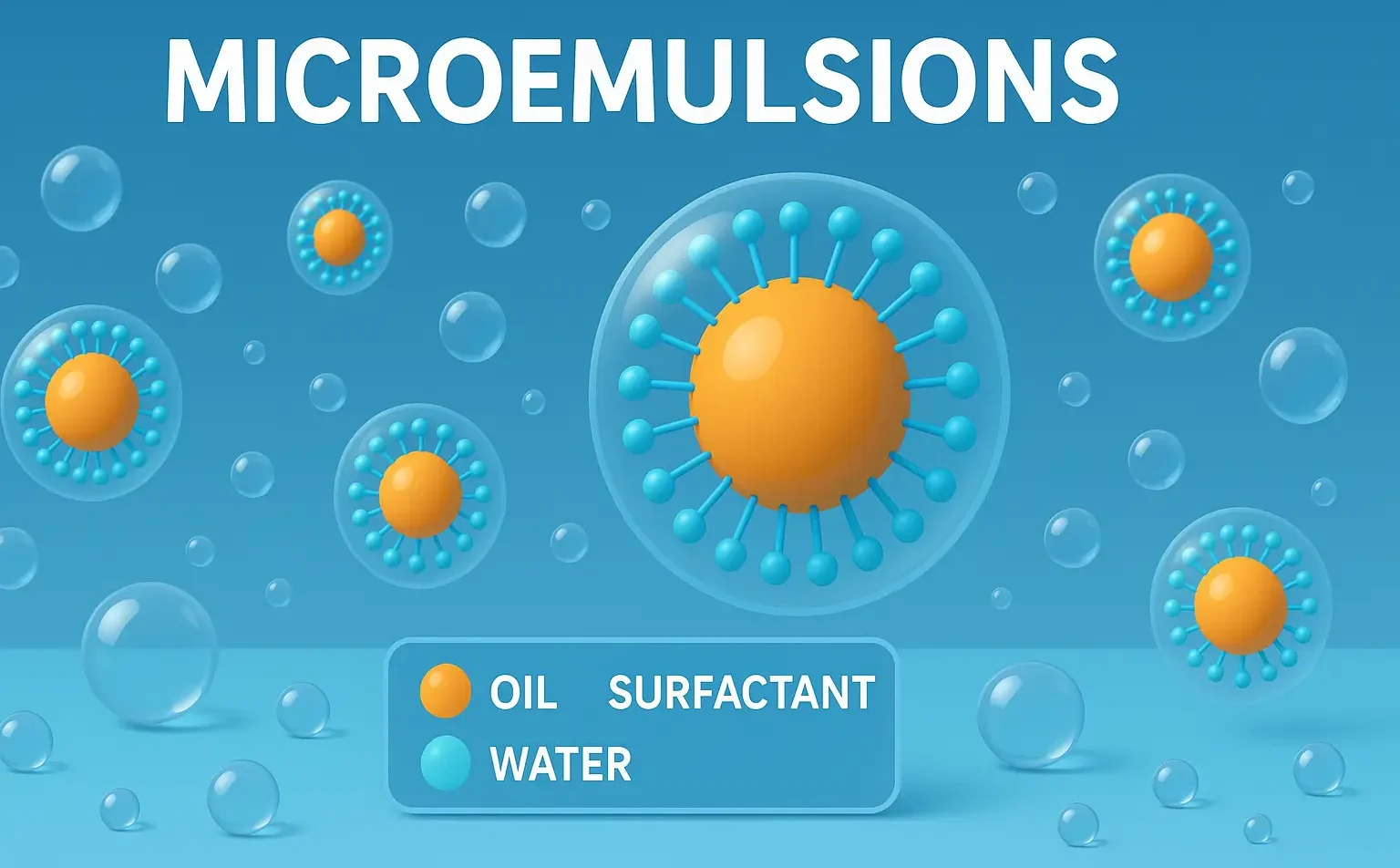Particle Size and Distribution
Particle Size and Distribution describe how particles vary in dimensions within a system. It affects drug dissolution, bioavailability, and stability. Particle Size Refers to the dimension of individual particles. Most pharmaceutical powders consist of irregularly shaped particles. Particle size is typically expressed as an equivalent diameter (the diameter of a sphere with similar properties, such … Read more









